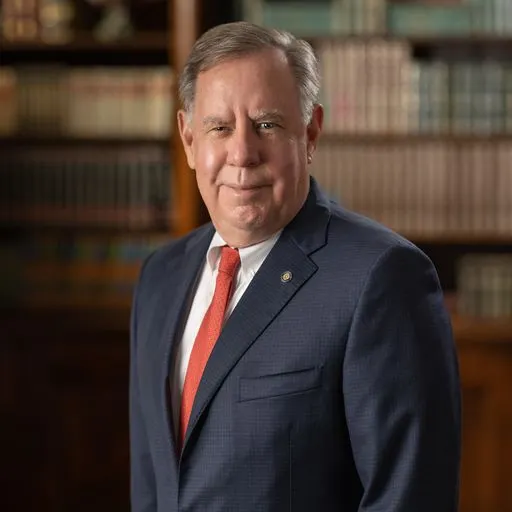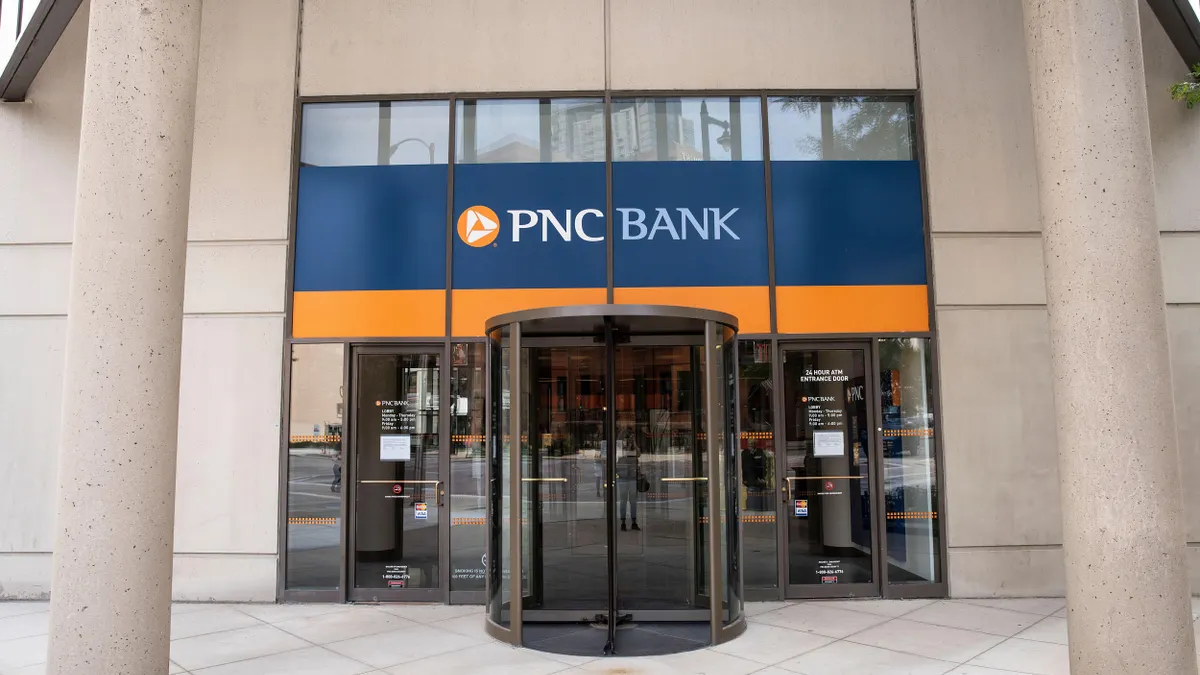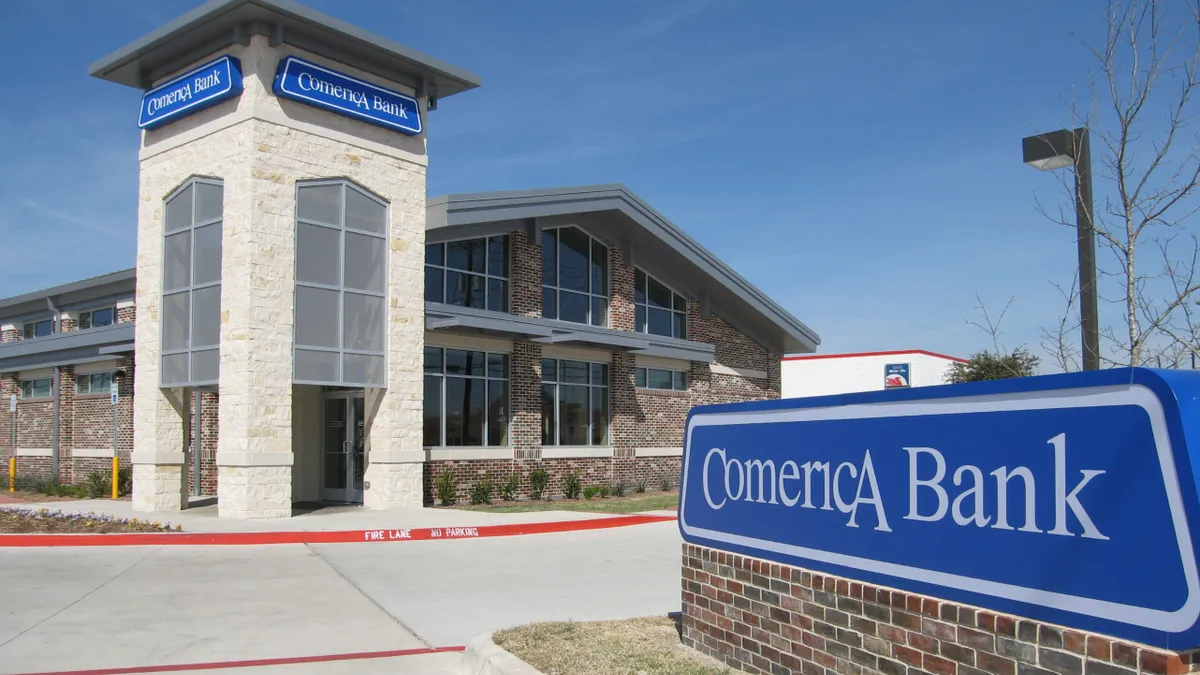Amid a flurry of banking expansion and consolidation activity in Texas, the outgoing and incoming CEOs of a $3 billion-asset Texas bank said they believe community lenders maintain an important role in the state.
Danny Butler, CEO and president of San Antonio-based Jefferson Bank, will retire Dec. 31 after 26 years with the family-owned bank; Mitch Walker, the bank’s current chief operating officer, will succeed Butler as CEO on Jan. 1, 2026. Reagan Winslow, who leads the bank’s trust division, will take on the president role.
The lender recently completed a new, 13-story headquarters in San Antonio, which Butler called a signal to staff and the community “that Jefferson Bank is a longtime player.”
With Texas seeing significant population and business growth in recent years, there’s been a surge in banks angling to grow their presence in the state.
That’s happening organically, as with Frost, and by acquisition. Houston-based Prosperity struck a deal to buy in-state peer American Bank. Meanwhile, global banks and regionals based outside Texas — JPMorgan Chase, PNC and Huntington, for example — are either digging deeper in Texas through branch expansions or acquiring banks in the state.

Bank merger-and-acquisition activity is expected to continue, with regulators reducing M&A hurdles and smaller banks facing ongoing pressure from technology and compliance costs and succession planning issues.
Texas, in particular, has seen a number of recent deals: It’s the most targeted state this year in bank M&A, and five announcements with Texas ties were made in July alone, according to S&P Global Market Intelligence.
The Lone Star State has 300-plus banks, and even though it’s a huge state, “you don’t need 300 banks,” said Joe Silvia, a Chicago-based partner at law firm Duane Morris.
Privately held Jefferson, for one, plans to remain independent, despite having multiple opportunities to sell, Butler said.
“The desire to sell, honestly, is not there,” he said during a recent joint interview with Walker.
Despite big banks’ attention on Texas, Butler and Walker, who’s been with the bank for 18 years, aren’t worried. Some larger lenders that enter the market through an acquisition displace local talent and bring in their own bankers and staff who don’t know the market, Butler said.

“It's real hard for a business person to explain to somebody out of state, ‘Well, here's what I'm trying to do here in Texas,’” he said. “We find that people like to do business with folks that know the community, know the state, know the region,” Butler said, and “that’s where banks of our size fit.”
Butler and Walker are also eyeing opportunities that arise with M&A activity, namely customer and talent acquisition.
“A lot of times, there’s going to be displacement of people,” Butler said. If a customer has to get to know whomever takes over their bank relationship, “it opens the door for them to explore other opportunities. And that’s where we can come in,” he said.
The nearly 80-year-old lender also has wealth, mortgage and insurance divisions. Those various units allow the bank to solicit customers with the ability to serve multiple needs, and double down on relationship-building, Butler and Walker said.
For customers, “it’s not going to always be rainbows and lollipops every year,” Butler said. “Everybody chases the deal when it’s in full bloom, but if it starts to wither a little bit,” some banks back away, he added.
Jefferson aims to stand out by working with customers if they run into challenges, “and that’s where a relationship is really won,” said Butler, who’s seen the bank’s assets grow from $300 million to about $3 billion during his tenure.
“We will get competitive, but we do expect a complete relationship,” Butler said, noting that the bank prizes clients’ deposits. “We’re not going to make a loan just for the sake of making a loan.”
Identifying Jefferson’s sweet spot is tough, Walker said. The bank, which largely works with privately held, small and midsize businesses and their principals, generally takes an industry-agnostic approach.
“We like deals that make sense,” he said.
The bank prides itself on its strong customer relationships, but when it comes to technology, “it’s no secret that banking is getting harder from that perspective, and there’s more competition,” Walker said.
That’s one of the challenges ahead as he prepares to take the helm of the bank.
“How we position ourselves as far as technology and where we want to be, I think that’s a whole lot of what Mitch is thinking about,” Butler said, noting CEO succession planning began about five years ago, and the bank preferred an internal candidate.
“We’ve got to keep our product line, our technology, anything that the customer wants – we’ve got to make sure that we offer that,” Butler said.
Over the next four months, bank leadership will conduct strategic planning and engage with employees and stakeholders, Walker noted – a welcome exercise when the COVID-19 pandemic and rising interest rate environment of the last five years meant the bank had to be more reactive than proactive, he said.
Walker expressed confidence Jefferson can acquire talent or work with partners to ensure it remains relevant and competitive from a technology perspective. He pointed to the plethora of community banks in Texas — a contrast to Arizona, where he grew up.
“There’s a place in our ecosystem for banks of all sizes,” Walker said.


















